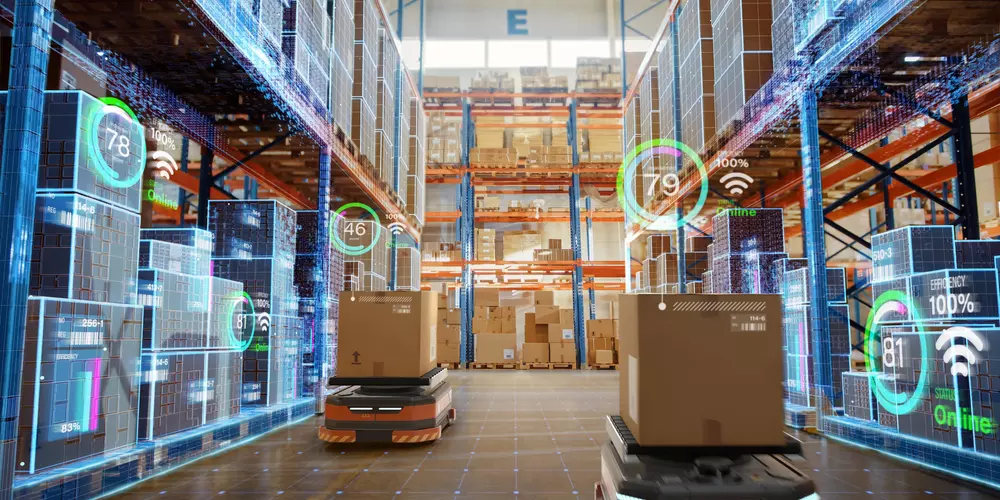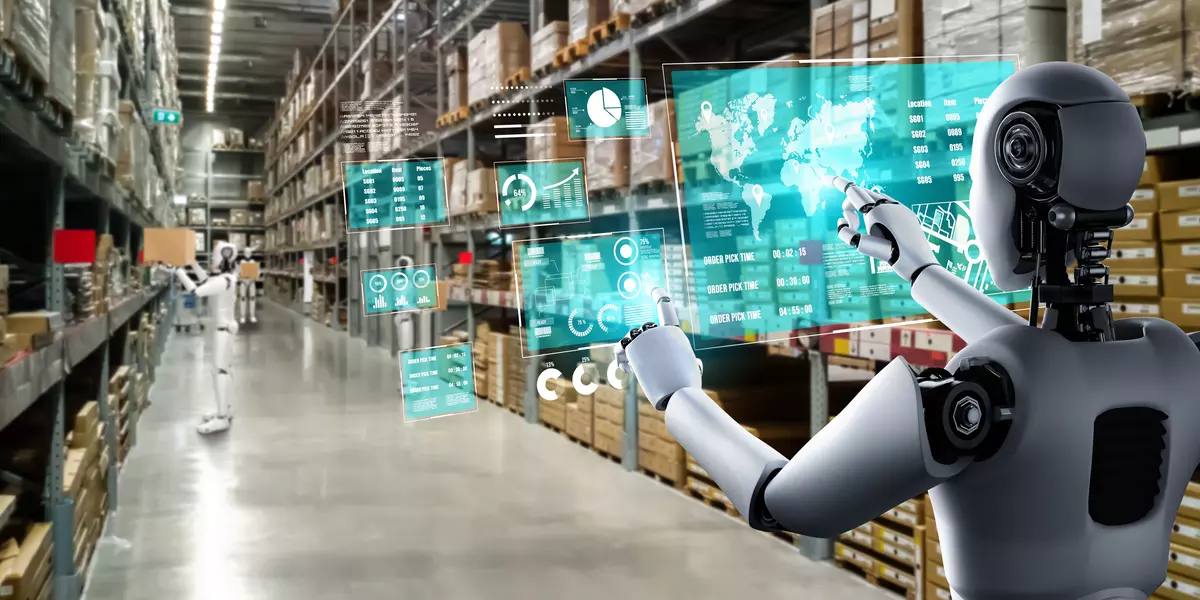While the possibilities of warehouse automation are exciting, investing means making difficult choices and taking high risks. Implementing automation technologies in a logistics network is costly and time-consuming. With challenges such as changing consumer buying habits, lack of visibility into the sustainability and profitability of new technologies, the adaptation of existing infrastructure, return on investment, etc., it is difficult to know which way to steer under such uncertainty.
What should you consider before investing in warehouse automation?
In an era of skyrocketing demand and labor scarcity, the many automation innovations coming to market are quite enticing. However, automating your warehouses is not like changing your car, it is a long-term project and a major investment. Not taking this into account can be extremely damaging to your business.
Chances are you’re not starting from scratch, so let’s start by considering your existing logistic network: will it easily support an automation infrastructure? If not, the additional cost of opening new locations or upgrading existing ones can be prohibitive.
Given your existing infrastructure and the type of automation you are considering, how well will you be able to roll out existing automated solutions to take advantage of new opportunities or meet new demands? How sustainable are these solutions? Having to replace them will obviously add to the cost of the project.
Here are a few considerations to get your project on track:
- (Re)design your logistics network to facilitate the implementation and use of warehouse automation technologies.
- Choose a partner that has a good track record of setting up automation systems in a variety of use cases.
- Consider a multi-technology approach for more flexibility.
- Buy from established automation manufacturers that have clearly demonstrated their ability to innovate and will be around for years to come.
Future-proofing your investment: meeting the challenges of uncertainty
Investing in warehouse automation is like taking a gamble on the future. But there are ways to limit risks, here is some advice to avoid them:
Accurately size your automation project
Assessing the right automation configuration for your warehouses is a difficult exercise. It shouldn’t be too small, nor too big, but flexible and scalable to be able to:
- Meet the needs of existing customers and those who will arrive in the short term.
- Cope with peak and off-peak periods by adapting quickly to customer buying patterns.
- Follow business growth with increased capacity.
- Manage unusual circumstances and upstream and downstream disruptions.
Investing in the right automation technologies
There are hundreds of different solutions, from the most basic to the most innovative. Opting for a disruptive technology can give you an edge over your competition, but it can also be disastrous:
- You may be stuck with an unsupported technology if it is discontinued.
- The technology may not integrate with partners and third parties, which can lead to costly rework.
- The vendor may not have the critical size to provide disaster recovery and business continuity planning to respond quickly to unforeseen circumstances.
On the other hand, investing in current technologies reduces risk, and will get you to the expected service level, but might not put you ahead of the game.
Dealing with the Challenges of e‐Commerce and Omnichannel
Consumer behaviors are constantly evolving and the lines between traditional retail, e-commerce, and omnichannel are blurring. Your customers demand a seamless experience regardless of the channel they choose.
This evolution towards omnichannel and e-commerce must be as seamless on the operational side as the customer experience. The problem is that connecting the technology solution is not enough to make it work. You also need to plan for adapting your processes throughout the supply chain.
Managing risk aversion
Automation is expensive, and it's a long-term investment. It is therefore important to assess whether you are willing to wait months or even years to see the first results on your bottom line. For this very reason, initial capital can be hard to come by. However, for the sustainability of your business, you'll need to find a way to adapt your logistics organization to volatile demand, changing buying patterns, and your own business growth.
So, if your automation project is too expensive, too risky, and the return on investment is too slow, you need to transfer the risk.
Shifting the risk of warehouse automation
Instead of taking on the upfront costs and risks of implementing your own warehouse automation systems, you can transfer the risk to a third-party logistics provider (3PL) who will invest in the automation technologies on your behalf as part of their services.
GEODIS offers complete logistics services, from storage to order preparation, including transportation and optimized management of customer returns. With us, you benefit from a logistics partner that has invested in automation to better serve your customers.
To learn more:
Download our White Paper : An Overview of Investing in Warehouse Automation





















































 by
by 
